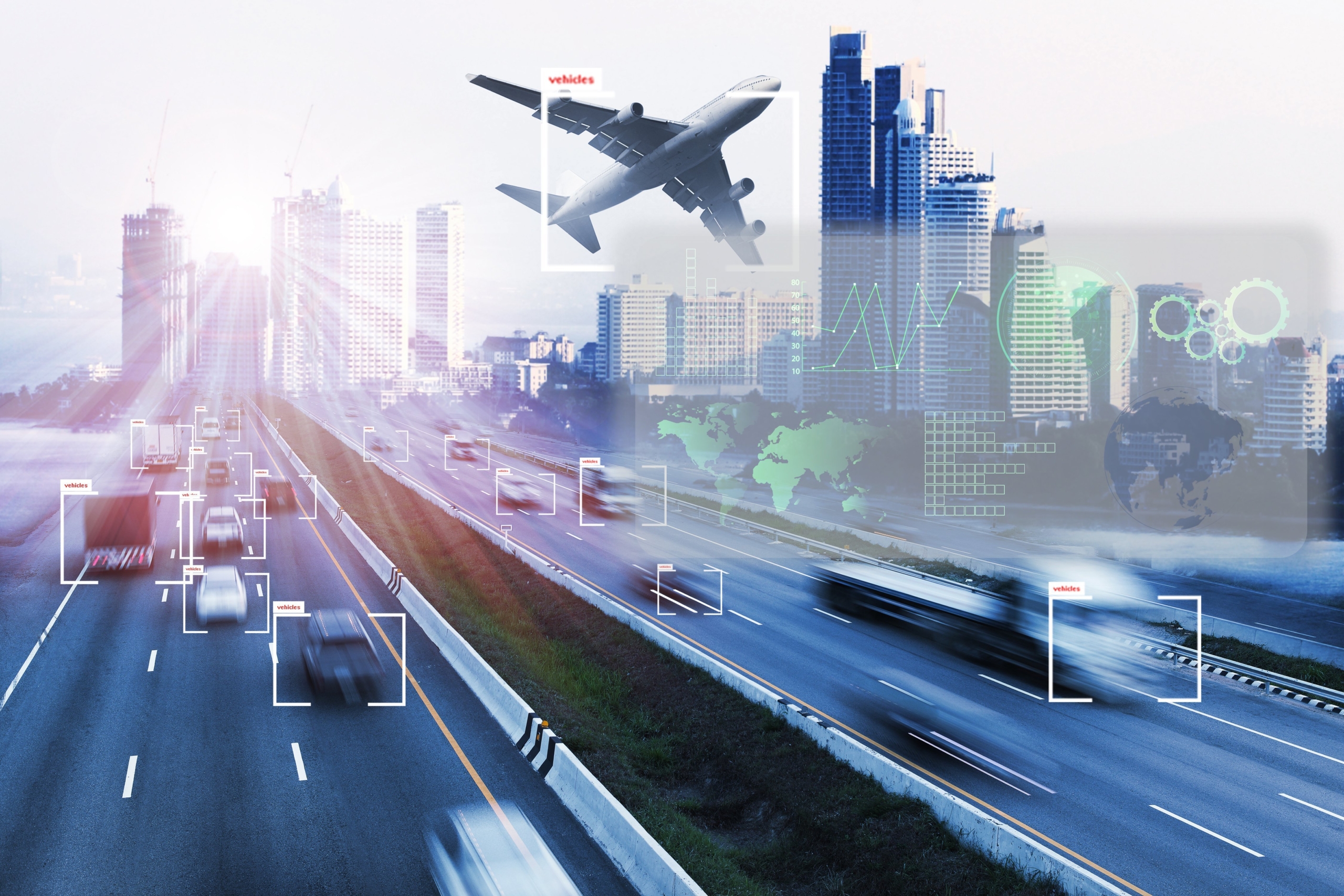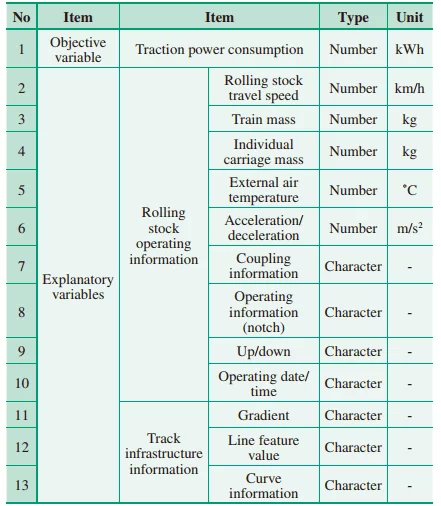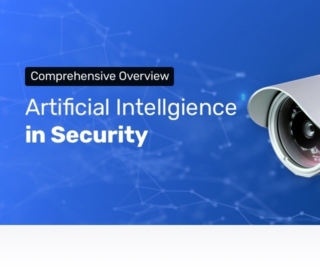
The transportation domain is beginning to apply Artificial Intelligence (AI) in mission-critical tasks (for example, self-driving vehicles carrying passengers) where the reliability and safety of an AI system will be under question from the general public. Major challenges in the transportation industry like capacity problems, safety, reliability, environmental pollution, and wasted energy are providing ample opportunity (and potential for high ROI) for AI innovation.
For the sake of this article, ‘transportation’ will include all technologies that move people and cargo. Over the course of this article we aim to answer the following questions:
- What AI technologies are currently applied in transportation applications? What is involved in the process of AI integration for these applications?
- What are the current use-cases artificial intelligence transportation?
- What can we expect in terms of the technology roadmap going forward?
Based on the applications revealed in our research, we segment AI in the transportation industry as follows:
- Current applications
- Public passenger transportation
- Autonomous trucks
- AI applications in railway cargo transportation
- Just around the corner
- Transportation planning
- Future applications
We explore each of the applications and the future of their technology roadmap in more detail below.
Current Applications
The compatibility of AI to transportation applications is a somewhat natural fit. Yet, as is the case with AI in many other industries, the adoption of these applications currently varies across industries and geographies.
This effectively translates to the fact that AI application in transport can paradoxically be both complicated and straightforward, implausible and probable, distant and just-around-the-corner, based on environment and geographical factors. We explore a few examples for current applications of AI in the transportation industry below:
1 – Public Passenger Transportation
Autonomous Buses
Small scale autonomous bus trials have been initiated all over the world in recent times most prominently in Finland, Singapore and China. The global non-uniformity in built-up structures, city infrastructures, road surfaces, weather patterns, traffic patterns etc. make AI applications in autonomous trucks for on-time delivery of people and packages, highly environment specific.
Olli by Local Motors
Olli is a self-driving, ‘cognitive’ electric shuttle from American company Local Motors. The company is focused on low volume manufacturing of open-source vehicle designs, using multiple microfactories.
Powered by IBM’s Watson Internet of Things (IoT) for Automotive, Olli can perform functions like transportation of passengers to requested locations, providing suggestions on local sights and answering questions about how Olli’s self-driving service functions. According to IBM, five developer APIs from the Watson IoT for Automotive platform were integrated with Olli including Speech to Text, Natural Language Classifier, Conversation, Entity Extraction and Text to Speech.
The 4-minute video below explains some of Olli’s features, and demonstrates some of its trial runs in Washington D.C.:
Traffic Management Operations
AI solutions have been frequently applied in resolving control and optimization problems. Business leaders would find it interesting to note that AI is already being used in applications like prediction and detection of traffic accidents and conditions (by converting traffic sensors into ‘intelligent’ agents using cameras). We discuss the case of Rapid Flow Technologies, a Carnegie Mellon University spin-off.
Surtrac by Rapid Flow Technologies
Headquartered in Pittsburg, Rapid Flow technologies’ Surtrac system was originally developed in the Intelligent Coordination and Logistics Laboratory in the Robotics Institute at Carnegie Mellon University as part of the Traffic21 research initiative. Rapid Flow is also a part of the NSF I-Corps Site program at Carnegie Mellon.
In June 2012, Rapid Flow installed the Surtrac system for a pilot in the East Liberty neighborhood of Pittsburgh. The solution was a network of nine traffic signals in three major roads (Penn Circle, Penn Avenue, and Highland Avenue). Rapid Flow claims that Surtrac helped reduce travel times by more than 25% on average, and wait times declined an average of 40% during the course of the trial. Following the pilot project, Rapid flow has collaborated with local Pittsburg administration to expand the solution to other parts of the city (around 50 traffic signals). Readers may also see our previous post on artificial intelligence application in smart cities for more on Surtrac.
2 – Autonomous Trucks
The transportation industry is facing environmental challenges and stricter emission regulations from government agencies. A report by the International Transport Forum (ITF) claims that autonomous trucks will save costs, lower emissions, and improve road safety as compared to traditional trucking with human drivers. We discuss the current major use-cases for autonomous trucks here:
Uber Advanced Technologies Group
In October 2016, San Francisco startup Otto (now called Uber Advanced Technologies Group after being bought by Uber for $680 million in 2017) successfully completed the world’s first autonomous truck delivery carrying around 50,000 cans of Budweiser beer over a distance of 120 miles from Fort Collins to Colorado Springs, CO.
Here is a short 2.5 minute video recounting how the delivery took place from Uber ATG:
The video below explains Uber’s self-driving car technology in simple language – including many of the same technology (machine vision, LIDAR, etc) used in self-driving trucks:
According to Uber ATG, the uniform patterns in highway driving and the fact that highways form only 5% of the roads in the US make it an ideal application for self-driving. Although at the time of this writing, a crash during testing has forced the company to suspend autonomous tests in Arizona and pause its Pittsburgh operations.
TuSimple
TuSimple a Chinese startup, founded in 2015, successfully completed a 200-mile level 4 (see the standard levels of autonomous driving) test drive for a driverless truck passed from Yuma, Arizona, to San Diego, California. TuSimple claims that it’s driving system was trained using deep learning to simulate tens of millions of miles of road driving.
TuSimple uses Nvidia graphic processing units (GPUs) including the NVIDIA DRIVE PX 2 computer, TensorRT deep learning inference optimizer and runtime engine, Jetson TX2 AI supercomputer on a module, CUDA parallel computing platform and programming model, and cuDNN CUDA deep neural network library. At the time of writing there was no information available on the specifics of the integration.
3 – AI Applications in Railway Cargo Transportation
GE Transportation
GE transportation has made a concerted effort towards applying artificial intelligence in the transportation domain. The company has developed ‘intelligent’ locomotives to improve the efficiency (which translates to economic benefit) of their rail transport solutions.
Each of GE’s smart freight locomotives is equipped with sensors including cameras that capture track, front and back, and the cab of the locomotive. The data from the sensors is fed to machine-learned analytic applications which aggregate the data right there on the edge gateway, enabling onboard real-time decision-making.
According to this article, the CTO of GE transportation, Wesley Mukai says, in terms of results GE witnessed gains in speed and accuracy of detecting things on or around the track. In addition, during the pilot project with Deutsche Bahn in Germany, a 25% reduction in locomotive failure rates was recorded. Although, it is not clear what the baseline readings for these metrics were, thus a concrete measurable impact may not be feasible at the time of writing.
Hitachi

Hitachi has initiated a pilot project using its in-house AI technology to reduce power consumed in driving rolling stock. The AI platform is fed inputs from nine parameters of rolling stock operational data, such as carriage speed, and three parameters relevant to track infrastructure, such as the gradient. (See figure below)
The right combination of these factors for maximum energy efficiency is extracted by the platform. A detailed list of the objective variable and external parameters used to extract maximum traction power is provided below. Hitachi claims that they have witnessed yearly traction power consumption decreasing by around 20% as compared to traditional operations. Although no further details about the time frames of the project were available.
Here is a short video from Hitachi, explaining their generic AI technology, which was configured for the rolling stock power consumption pilot:
Just Around the Corner
According to the Stanford’s Artificial Intelligence and Life in 2030 – One Hundred Year Study, in the near future, AI is likely to have an increasingly drastic impact on city infrastructure by providing accurate predictive behavioral models of individuals’ movements, their preferences, and their goals.
The United States Department of Transportation released a call for proposals (USDoT) in 2016 asking medium-size cities to imagine smart city infrastructure for transportation. USDoT plans to award forty million dollars to one city for demonstrating how technology and data can be used to reimagine the movement of people as well as goods.
According to the US transportation research board, emerging applications of AI in transportation planning are in travel behavioral models, city infrastructure design and planning, and demand modeling for public and cargo transport. For example, one current use-case for AI-enhanced demand and forecast modeling in road freight transportation management can be found here.
One restraint for the adoption of AI in transportation planning applications is that connected transportation infrastructure will also raise concerns about the privacy of individuals and the safety of private data. Government and legal regulations regarding these ethical considerations will dictate the pace of innovation and adoption in the industry over the foreseeable period.
A Gist of Future Use-Cases
Compiled below is a list of key functions of artificial intelligence in transportation applications that are currently beginning to be commercialized or under research trials.
| S.No | AI Function | Typical use-case |
| 1 | Nonlinear prediction (Prediction of the behavior of systems in which inputs and outputs are non-linear) | Traffic demand modeling, or in modeling the transportation infrastructure health as a function of traffic, construction and weathering. |
| 2 | Control Functions | Signal control of traffic at road intersections, ramp metering on freeways, dynamic route guidance, positive train control on railroads |
| 3 | Pattern recognition | Automatic incident detection, image processing for traffic data collection and for identifying cracks in pavements or bridge structures and transportation equipment diagnosis. |
| 4 | Clustering | Identifying specific classes of drivers based on driver behavior, for example. |
| 5 | Planning | AI-based decision support systems for transportation planning as discussed in the sections below. |
| 6 | Decision making | Deciding whether to build a new road, how much money should be allocated to maintenance and rehabilitation activities and which road segments or bridges to maintain, and whether to divert traffic to an alternative route in an incident situation. |
| 7 | Optimization | Designing an optimal transit network for a given community, developing an optimal work plan for maintaining and rehabilitating a pavement network, and developing an optimal timing plan for a group of traffic signals. |
Source: Transportation Research Board (division of the National Research Council of the United States )
Concluding Thoughts – Impact of AI on Jobs in the Transportation Industry
A report by the International Institute for Sustainable Development testing of fully autonomous long-distance trains are already underway.
Another report published by the “Artificial Intelligence, Automation, and the Economy,” Executive Office of the U.S. President in 2016 states that 2.2 to 3.1 million truck train or taxi driver jobs could be impacted by self-driving vehicle technology in the United States. The report also states that on-demand car services, like Uber, will make a complete transition to autonomous operations in the near future.
Although AI will impact a significant number of blue-collar jobs in the transportation industry, the varying degrees of adoption across geographies and the yet unfulfilled requirement of establishing ethical regulations are some restraints which might make change a slower process.
Readers with a strong interest interest in the economic impact of AI might enjoy the following interviews on our AI podcast:
- Technological Unemployment and the Role of Man and Machine – with Marshall Brain
- Surviving the Machine Age – Understanding the Trends Behind Technological Job Loss – with Professor Kevin LaGrandeur
- Rise of Workforce Automation, “Blue Collar” and “White Collar” – with Martin Ford
Header image credit: Adobe Stock







